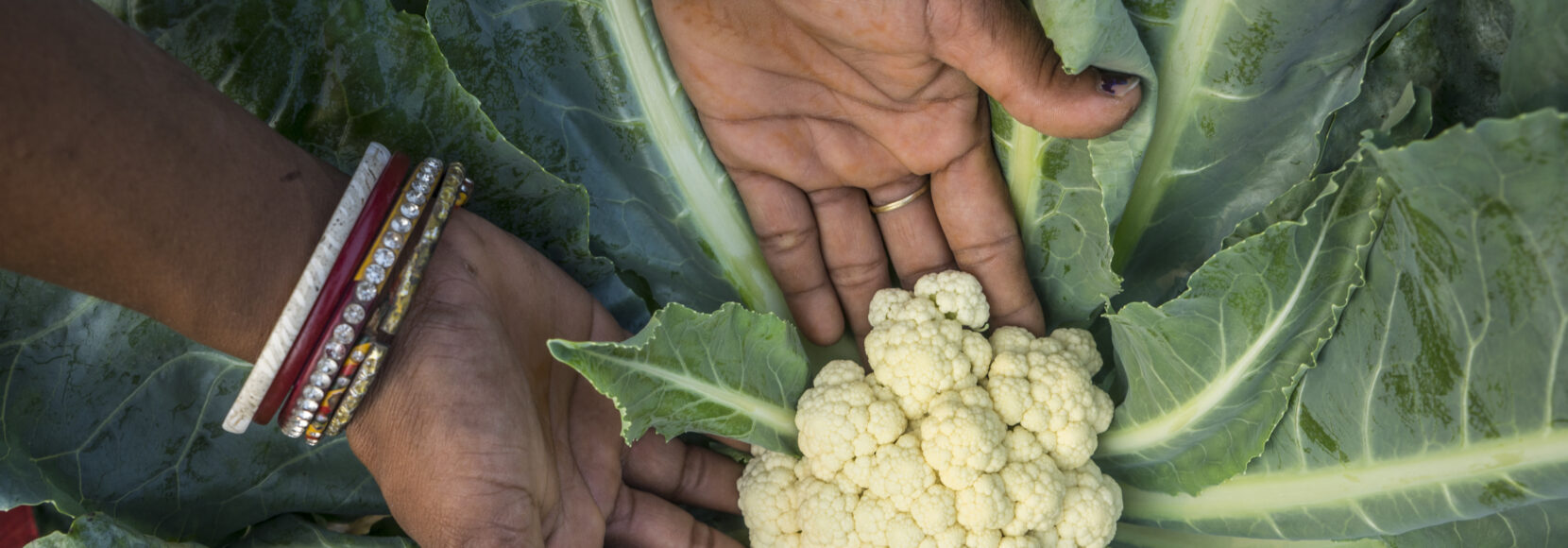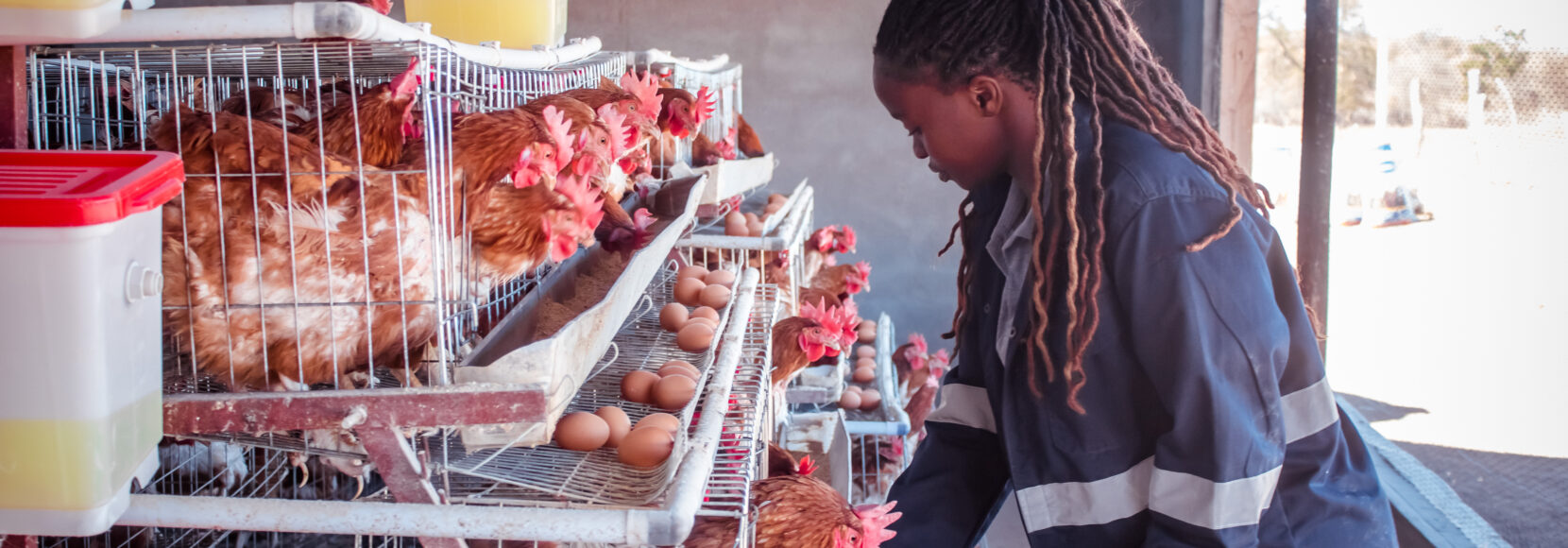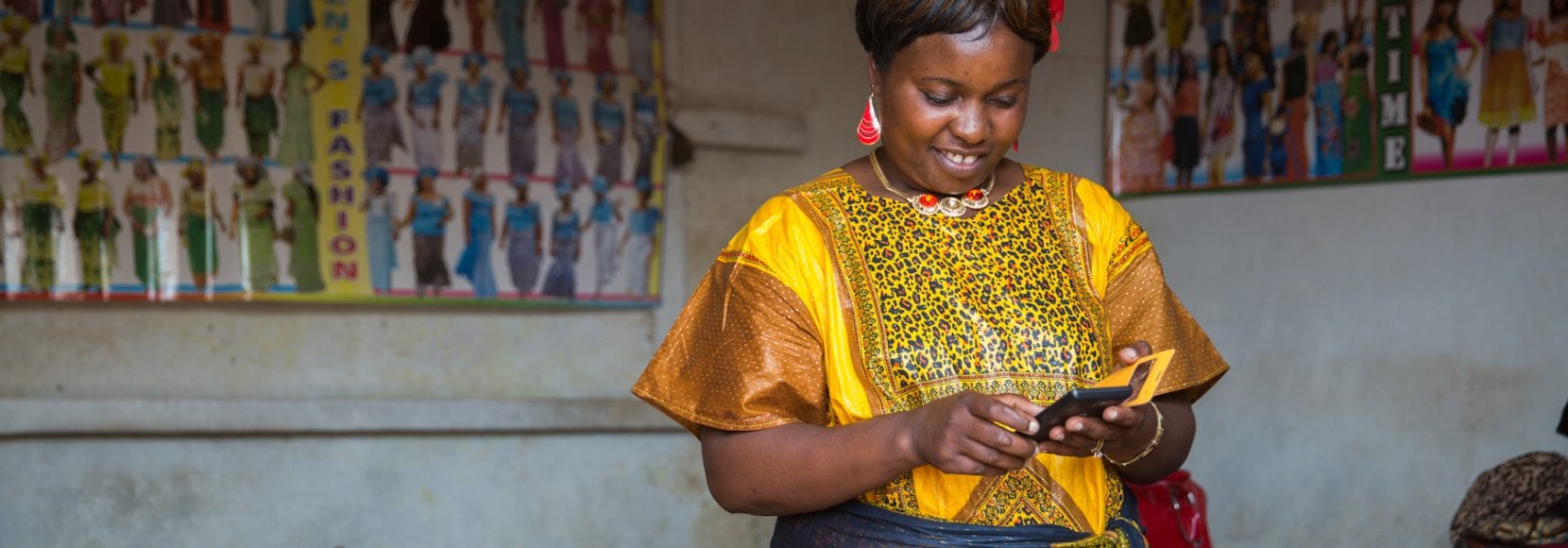
5 Ways Technology is Fighting Global Poverty in 2021
Table of Contents
- Introduction
- 1. Satellites and Drones Can Provide Essential Information to Target Services for Smallholder Farmers, Improving Yields and Boosting Incomes
- 2. Successful Technology Doesn’t Just Solve Problems like Poverty; It Can Also Promote Inclusive Development for Traditionally Excluded Populations
- A. Set Concrete Targets for Technology to Increase Inclusivity
- B. Use Technology for International Development With Local Partners, Within a Local Ecosystem
- C. Include End Users in the Design Phase
- 3. E-Learning Platforms Help Small Business Owners Access Business Training and Advisory Services Online, Anywhere – Even From Difficult to Access or Remote Locations
- Technology Is Only Part of the Solution to Reduce Poverty, However.
- 4. Blockchain or Distributed Ledger Technology Offers Potential Benefits in Low Trust Environments
- 5. Mobile (Smartphone and Text Phone) Solutions Make It Easier for People in Developing Countries to Enter the Market and Interact With the Formal Sector
TechnoServe integrates technology into many of our programs to reach more people and scale our impact around the world. Today we are sharing five things you might not know about how technology is fighting poverty in 2021.
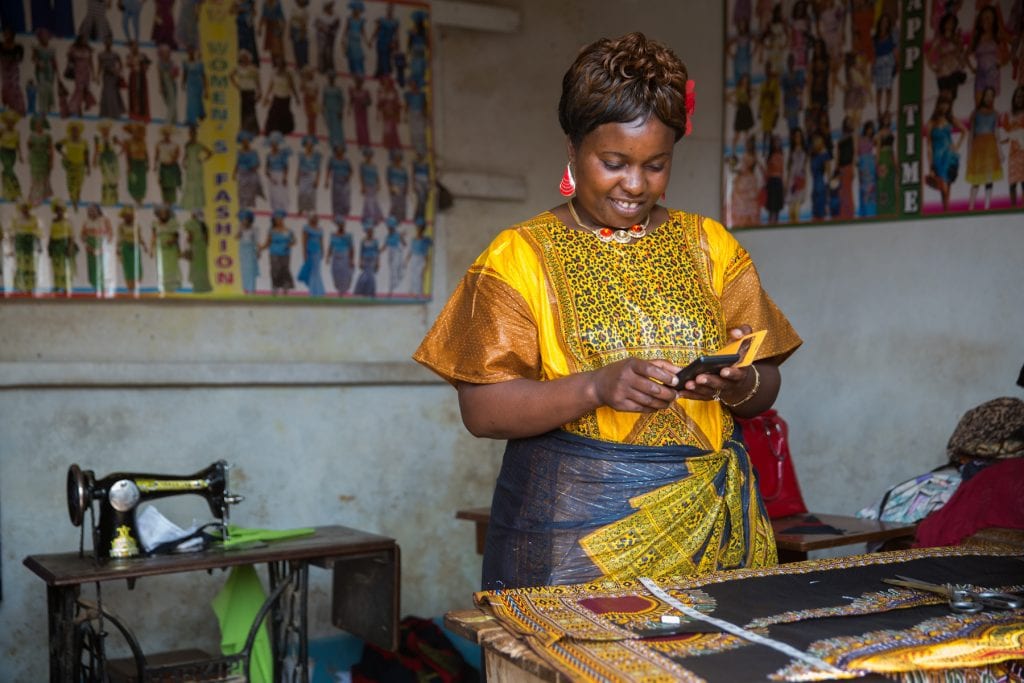
Editor’s Note: This blog was originally published in 2020 and was updated in August 2021.
As COVID-19 continues to impact life in new and unprecedented ways through 2021, technology delivers digital solutions to many poverty-related problems. Read on for five solutions:
1. Satellites and Drones Can Provide Essential Information to Target Services for Smallholder Farmers, Improving Yields and Boosting Incomes
Smallholder farmers in sub-Saharan Africa often suffer from low agricultural yields and do not have access to the same technologies as farmers in other regions.
Geospatial technology, including satellites and drones, can provide data to help target services for smallholder farmers, improving yields and incomes.
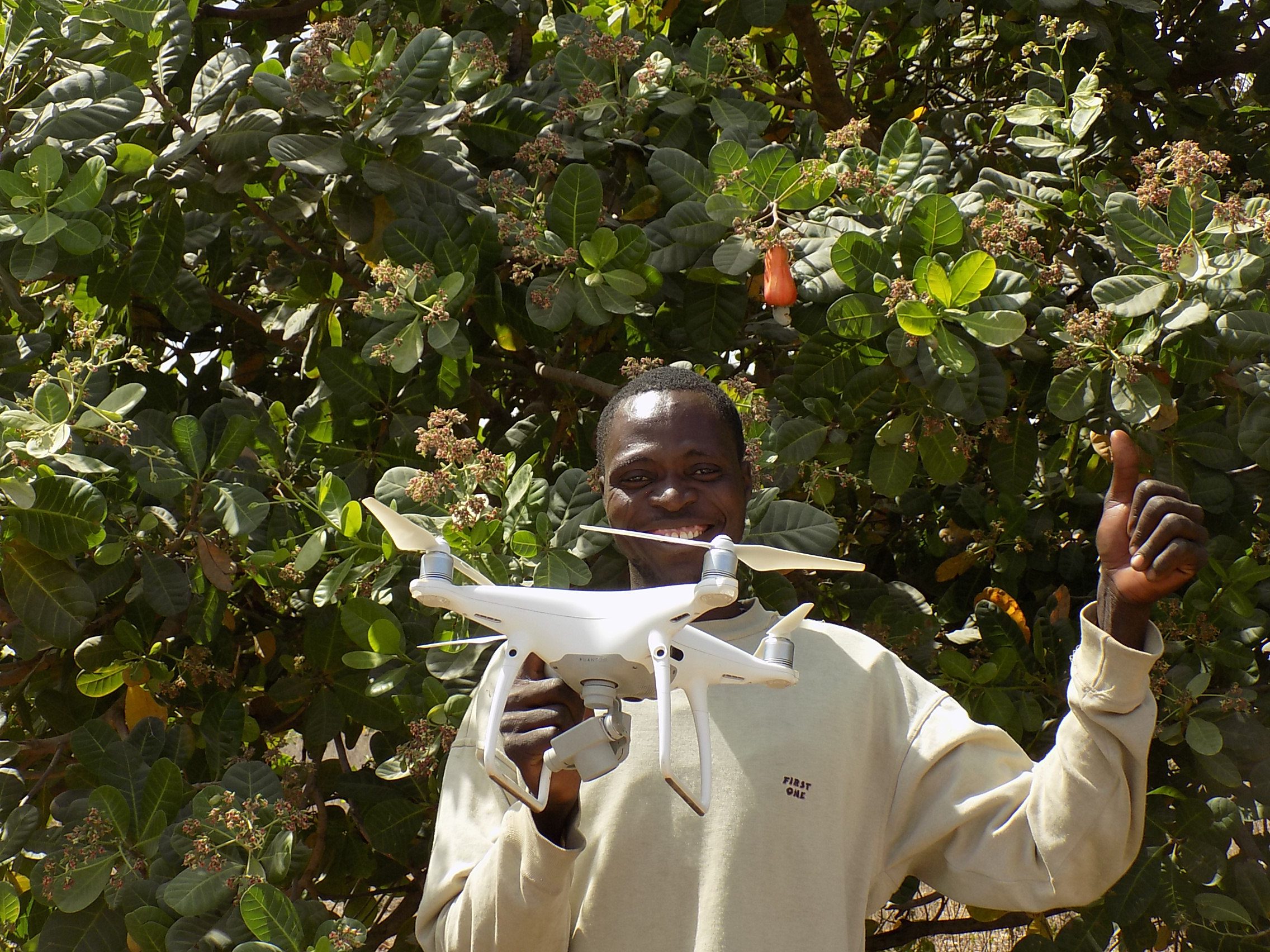
Read more in a recent article from BBC News: Farms Are Going to Need Different Kinds of Robots
The use of satellite and drone remote sensing data is now mainstream for row crops, such as corn and soy, grown in the developed world. TechnoServe is working on practical applications of satellite and drone data for tree crops, such as cashew and coffee, to help determine production yields and target on-the-ground training efforts for smallholder farmers.
2. Successful Technology Doesn’t Just Solve Problems like Poverty; It Can Also Promote Inclusive Development for Traditionally Excluded Populations
Technology can be a powerful tool for improving lives in developing countries, but too often technology projects fail because there is a lack of understanding about local markets and user needs. In TechnoServe’s work, we have identified three key factors for making technology more inclusive.
A. Set Concrete Targets for Technology to Increase Inclusivity
We need to set concrete targets for inclusivity and measure against them. At TechnoServe, for example, we have established a goal that women should make up at least 40% of the farmers and entrepreneurs in our programs.
B. Use Technology for International Development With Local Partners, Within a Local Ecosystem
Second, we need to prioritize working with local partners within a local ecosystem. Building local capacity is critical if a technology is going to be used successfully after the close of a program.
C. Include End Users in the Design Phase
Finally, we need to work with end users starting during the design phase. Some of the biggest failures incorporating technology in development contexts result from solutions that do not fit the needs and capabilities of the target users.
Fortunately, there is an increasing emphasis on engaging local communities in testing, piloting, and rolling out new technological solutions.
On projects that involve a technology solution, TechnoServe leverages its experienced field teams to “Design with the User” and “Understand the Ecosystem” – two core methodologies of the Principles for Digital Development that TechnoServe has endorsed.
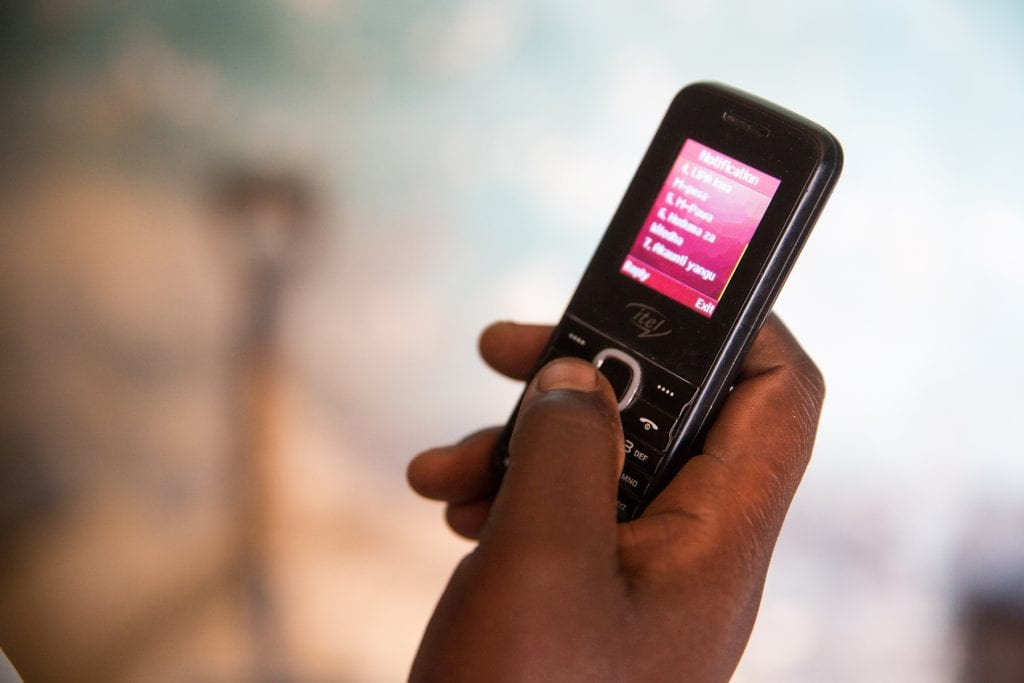
3. E-Learning Platforms Help Small Business Owners Access Business Training and Advisory Services Online, Anywhere – Even From Difficult to Access or Remote Locations
E-learning platforms help small business owners in developing countries access the tools, information, and resources they need to run businesses online, without having to send in-person trainers.
During the COVID-19 pandemic, these online training programs were essential for keeping the programs TechnoServe’s hardworking clients depend on going safely, while adhering to public health guidelines.
The photo below features the virtual graduation ceremony for a spring 2021 graduating cohort from TechnoServe’s EMERGE program in Chile:
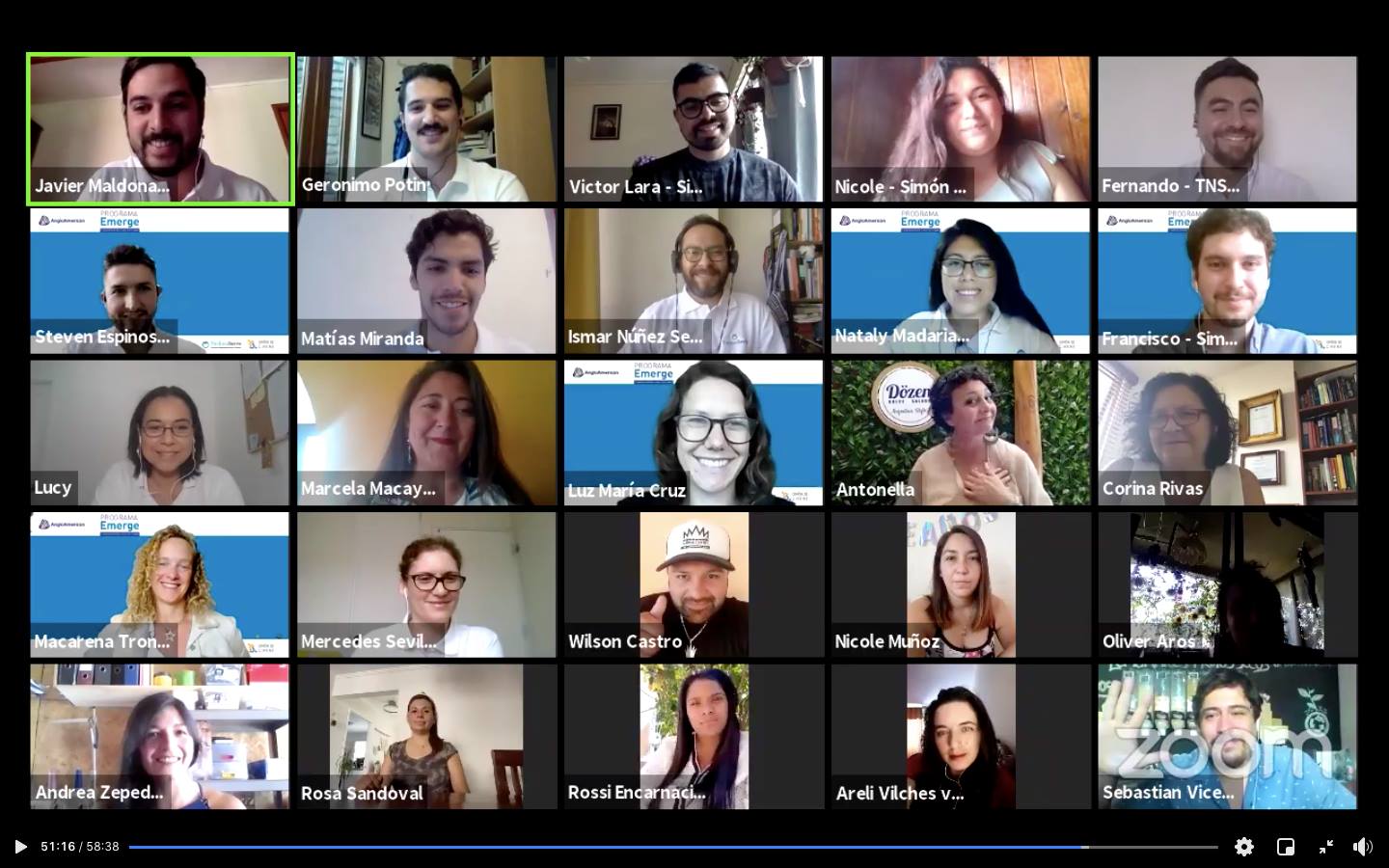
Read about how hardworking people in TechnoServe’s programs around the world built resilience to ensure the future of their farms and small businesses:
Technology Is Only Part of the Solution to Reduce Poverty, However.
In our experience educating over 40,000 entrepreneurs annually, TechnoServe has found that even when technology is used as a part of an overall training solution, it is critical to build strong entrepreneurial communities that foster trust, engage entrepreneurs in the training process, and create mutual accountability among entrepreneurs.
Many of TechnoServe’s programs use a combination of in-person and online training, which improves cost-effectiveness and allows us to reach more entrepreneurs, regardless of where they live.
4. Blockchain or Distributed Ledger Technology Offers Potential Benefits in Low Trust Environments
The features of blockchain / DLT – immutable, distributed digital ledgers for data, monetary, and non-monetary transactions and linked contracts – have the potential to be very useful, especially in low-trust environments in developing countries.
However, many use-cases are not yet proven. To evaluate the potential of blockchain as a solution for building trusted supply chain systems in low trust areas, TechnoServe has conducted several pilots using blockchain to track supply chain transactions with AB InBev in Uganda for sorghum production (using BanQu), and with Solvay in India for guar seed.
5. Mobile (Smartphone and Text Phone) Solutions Make It Easier for People in Developing Countries to Enter the Market and Interact With the Formal Sector
Mobile technology has great potential to increase incomes for smallholder farmers and entrepreneurs by connecting them to markets, providing better financial and business tools, and giving them access to information to improve their farms and businesses.
Mobile supply chain platforms can help companies conduct business with thousands of farmers across a wide area, while providing them with agronomic advice and other information that can improve the quality of their crops.
Many applications also provide market pricing information, helping farmers sell their crops for higher prices, improving their incomes and their lives.
Many of these features were present in the Connected Farmer Alliance program that TechnoServe implemented with Vodafone and other partners, connecting 500,000 smallholder farmers with agricultural buyers through a new mobile system facilitating the transfer of payments and data.
Learn how TechnoServe uses technology to scale our business solutions to poverty.




